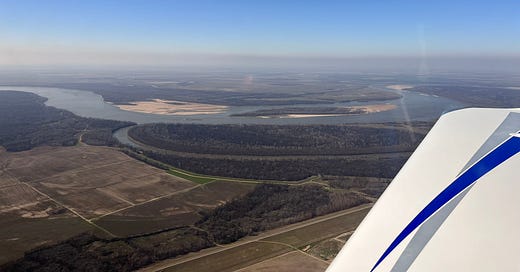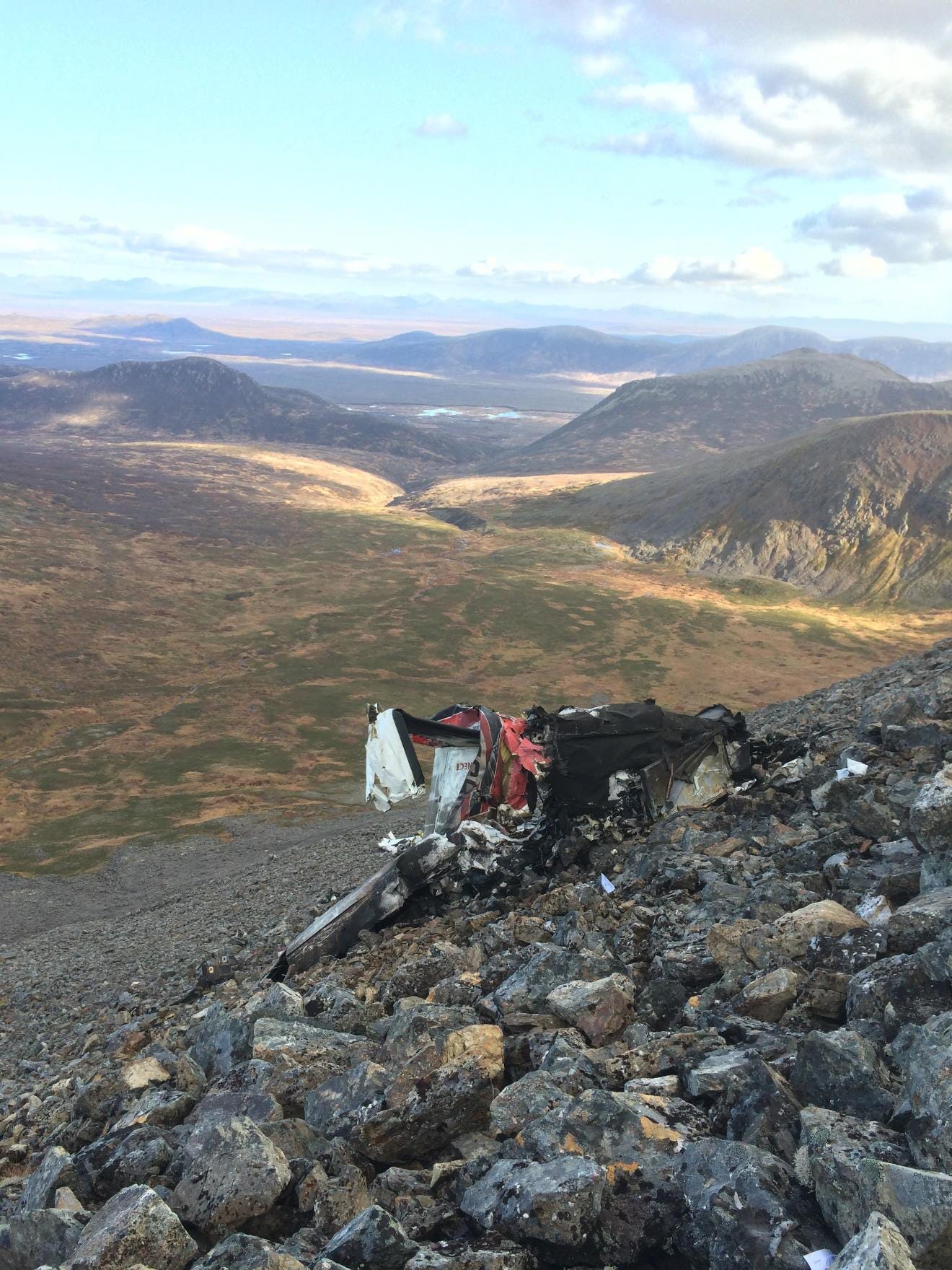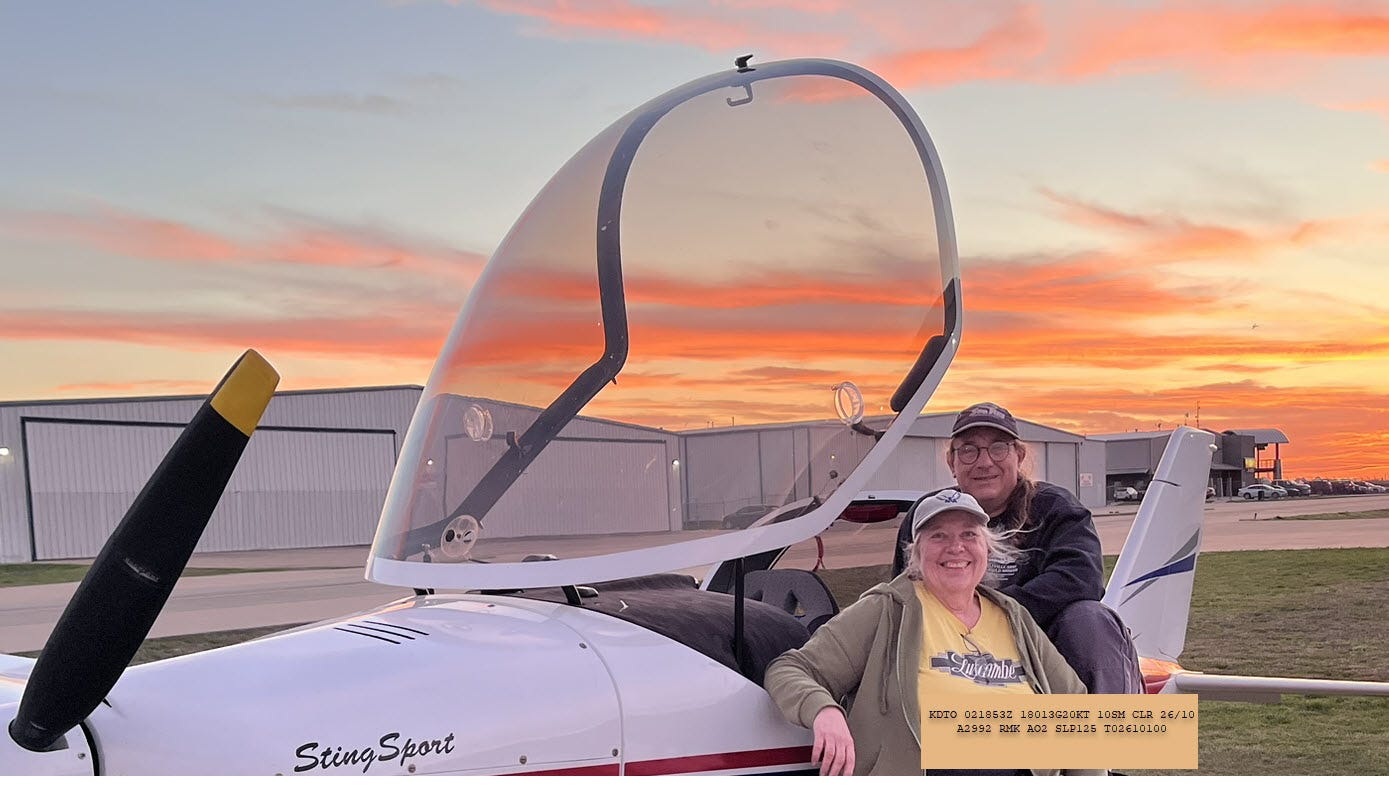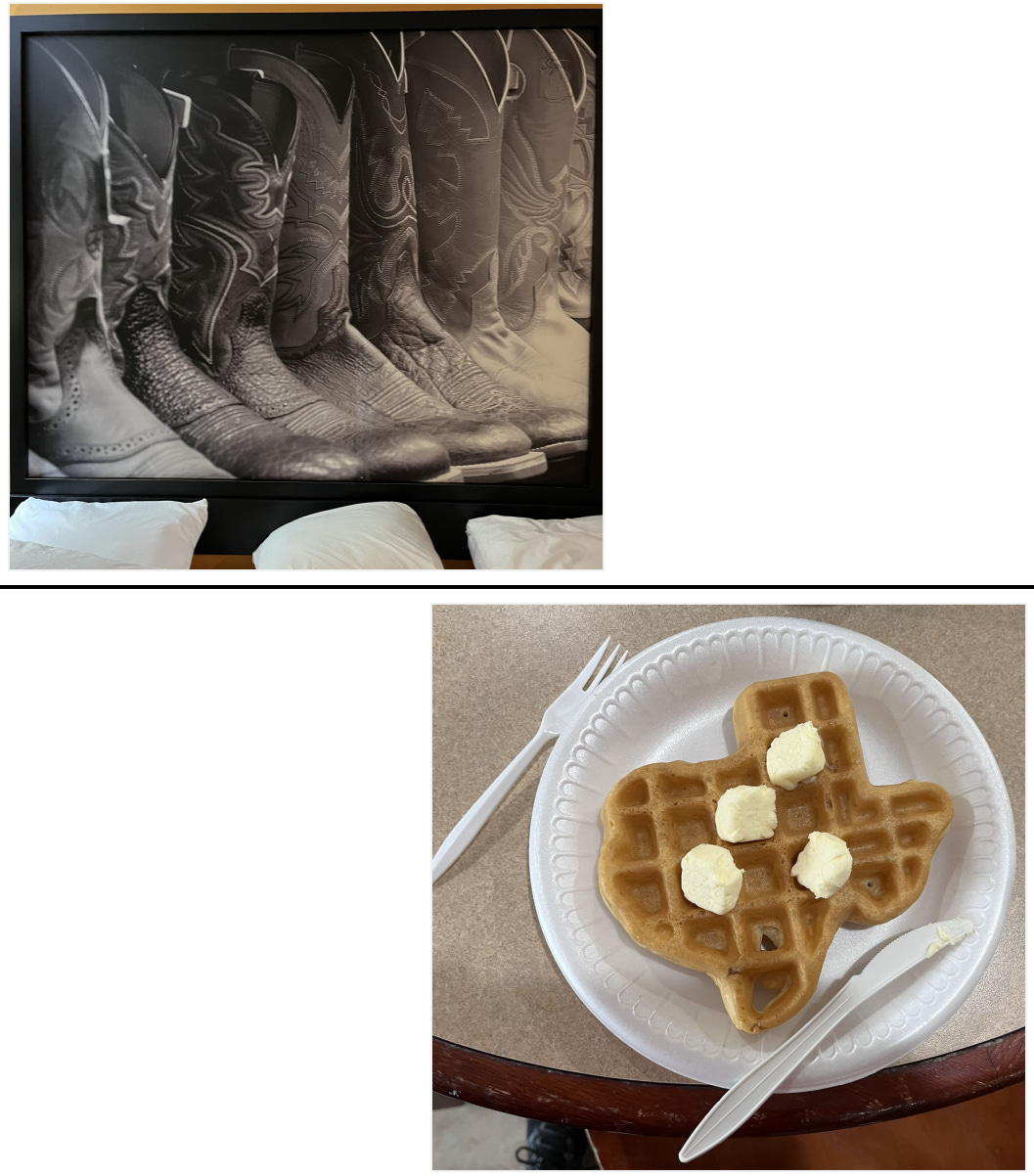Part 1 of this adventure is available here.
The FAA loves acronyms. ADM stands for Aeronautical Decision Making and Aeronautical Decision Making is a fancy way of saying “If you are absolutely hellbent on doing something cack-brained in an airplane, would you please at least make an attempt to systematically evaluate exactly how cack-brained your plan of action is and identify a couple of ways to mitigate the potential damage if it gets even worse than that.”
The questionable part of what Jack and I were doing in the moment was continuing to fly west into a weather system that appeared to be producing increasingly lower cloud ceilings, over terrain that had not yet stopped being sharp and pointy. Either the weather clears or you run out of sky. This is colloquially called “scud-running” and it’s frowned on. It sometimes ends with Controlled Flight into Terrain (CFIT, natch) —which just means an unimpaired pilot flew a mechanically sound aircraft with plenty of fuel on board into the ground because he didn’t know where the ground was.
This Sting Sport was a strictly VFR (Visual Flight Rules) craft. Where we were flying, we were only legal if we had at least three statute miles of visibility and could maintain at least 500 feet of vertical separation from the bottoms of the clouds tiling the sky as far as we could see. If there had been any break in the cloud deck we could have climbed above and gone "VFR on top" but that would mean trusting that we would be able to see the ground by the time we had to descend to the next fuel stop. We didn't have real time weather updating and the forecast so far had not proved very reliable. So we decided to stay below, but we paid constant attention to where small airstrips were along our path, just in case the weather closed in both ahead and behind and we needed to bail.
Part of visual flying is learning how to interpret what you see below and in front of you from 1000 — 5000 feet above ground level. Only when you have spent some time up there do you get comfortable with how opaque an ordinary atmosphere is and how much guesswork “head out of the cockpit” pilotage entails.
We kept flying west, and the clouds looked like they were getting lower, and the ground kept staying where it was. And just when we were negotiating which of the little airports on our north/south line we were going to divert to, we saw this ahead.
And all of a sudden we were going to make it to our destination that night, get a shower and a good meal and a change of clothes, and catch a scheduled air carrier flight home.
Before that we had to make a fuel stop, and I regret that I didn’t take a photo to memorialize the airport’s management for their beyond-the-call generosity and thoughtfulness. It was one of those single 6,000 foot strips with the FBO at one end and the self-serve fuel pump down past the midpoint, where you have to taxi or walk half a mile to get to the john. But this place had set up next to the pumps — not just a port-a-pot — an actual shed with running water and flush toilets and paper towels! Very classy, Pine Bluff.
Three hours of uneventful flying happened. It was bumpy, but it’s always bumpy in Texas as far as I can tell. And then we taxied this pretty little plane to her tie down and she was home.
And of course, this airport was a mile and a half long, and the tie-down was a mile from the FBO, and I'm a girl, and I really needed the facilities again.
I scouted the nearest option: a flight school crawling with 200-hour CFIs who looked like they had just graduated from Soapbox Derby, dressed in their mandatory epauletted fake captain outfits. One of those pilot mills whose main revenue source is contracting with foreign countries to turn out FOs for their domestic air carriers in the shortest possible time. I have an unreasonable disdain for these places; it’s not just that I don’t want to work there — I don’t want to share the pattern at an uncontrolled field with the kind of pilots they mint by the hundred. But honest to God, I was not looking to make a point; I just needed a bathroom. So I trundled into their public lobby, located the ladies' and, uh, freshened up. Jack and the owner weren't done buttoning up the plane yet, so I found a spot on a couch in front of a wall of windows.
And got a glimpse of what I looked like in the reflection. No wonder the baby captains had been giving me side eye and a wide berth. I’d been flying a small, hot, smelly plane for most of a day. I’d been wearing the same clothes for two days — a pair of Carhartt work pants and a baggy t-shirt. My hair was just now liberated from hours under a pair of Dave Clarks and a rumpled ball cap.
I look like a homeless woman, who is now squatting in their lobby. And firing up Foreflight on her iPad.
American general aviation has to be the freest in the world. I don’t believe any other country would let someone who looked like I looked in that moment, with no credentials and no reason to be in that building, have physical access to the fleet of Cessna 172s parked right outside on the ramp. It’s honestly amazing.
After this, the trip was like sliding downhill. Getting around town after flying into a GA airport usually requires a certain amount of informal mobility savvy and begging the FBO to let you borrow a car, but the client was nice enough to take us for some Tex Mex and then to our hotel — which was determined to celebrate its Lone Star State of Mind in large ways and small.
The next morning Jack took the client out for a couple of hours of familiarization instruction. This time I sat in the upscale FBO — not dressed like a hobo — listening to the tower on LiveATC and swilling too many fancy cappuccino machine drinks in their snack bar. Then we Ubered to DFW. Our driver once again had a casual link to aviation, having been at one time a student pilot who had never progressed to solo. So we talked about ways to restart training and how to pass the written exam that proves to be a barrier for so many aspirants. Sometimes I feel like an always-on public relations ambassador for ground instruction. I tell myself you never know if fifteen minutes of positive encouragement might just tip the scales and give someone the motivation to try again. You never get to find out the results.
Travelling cross country in a very small airplane sets you up perfectly to fly on Frontier, since you’ve already pared your carry-on luggage so it would fit in a medium-sized lunch bag. At least it was a non-stop; we were on the ground at BWI in a couple of hours and home before midnight.
It took 17 days to finish a job that we planned for two, but we were finally done and everyone was satisfied it had been a positive exchange of value on all sides. And that’s what a free market does at its best. Leave us alone to make our own plans and agreements and decisions, and we’ll all be happier.






